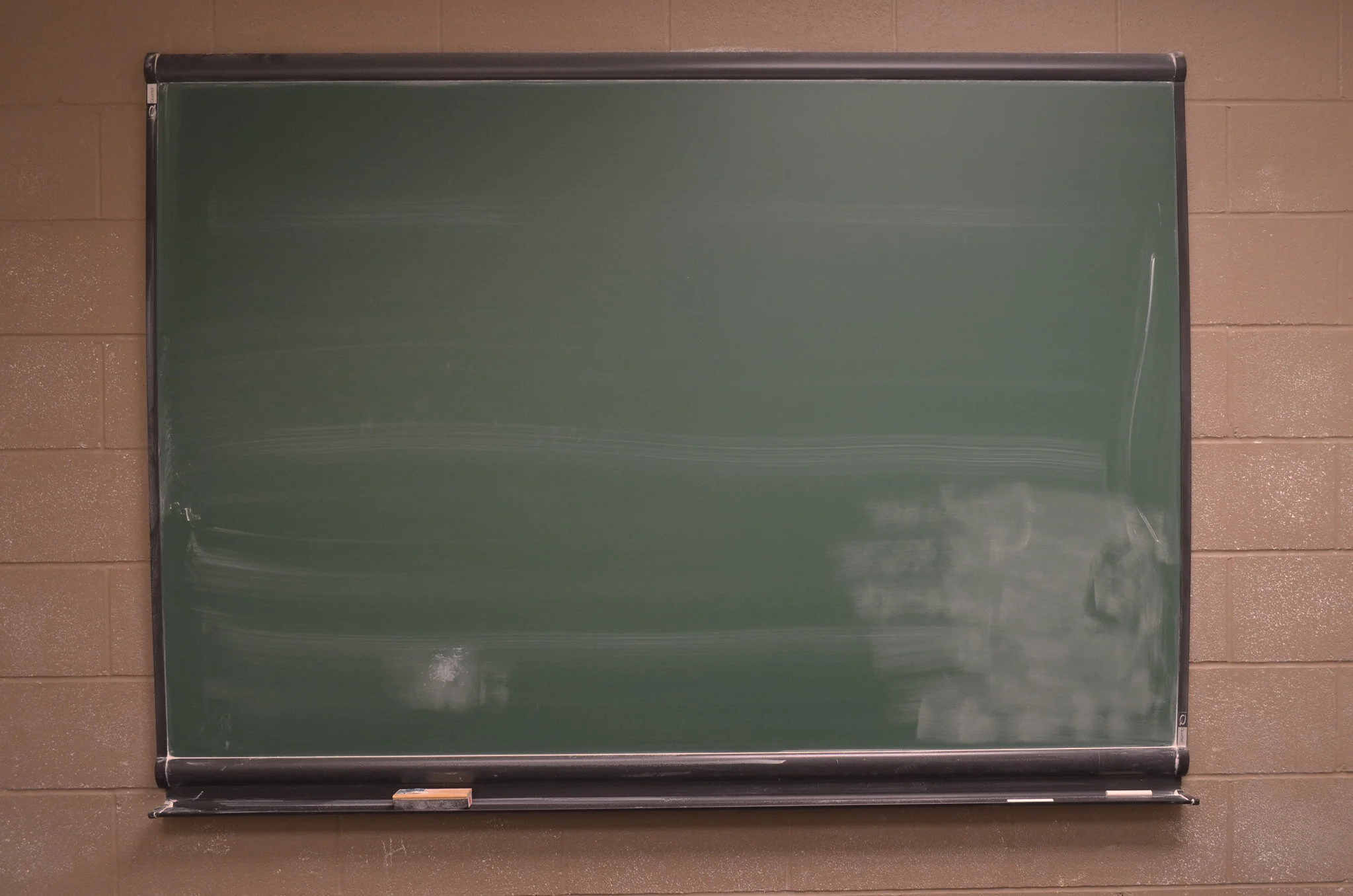Diagnosis as Detective Work: Lisa Sanders and the Art of Not Knowing
"Do you have any idea what this is?"
That’s a question Lisa Sanders thinks doctors should be asking their patients more often. Patients usually have a sense of what’s ailing them; they may have an idea of what their illness is or have some insight into its cause. Diagnosis is a process, one that Sanders advocates should include the patient.
Sanders, an internist at the Yale University School of Medicine, spent a decade working in journalism before becoming a physician. A few years into her medical training, she was approached by a writer at The New York Times Magazine who asked her, “What can doctors write?” Sanders replied that doctors collect stories every single day about the patients they treat and that perhaps she could translate some of those stories into print.
The result was a monthly column for the magazine, “Diagnosis.” The column evolved into several books, the most recent of which, “Diagnosis: Solving the Most Baffling Medical Mysteries,” has inspired a Netflix documentary series. Sanders’s narratives center around the process of making a diagnosis. It’s a process that normally goes undescribed, one that is often misunderstood or mistrusted by the individuals most affected by the diagnosis itself: patients. Yet diagnosis is a crucial part of a physician’s job. It’s only when doctors have the right diagnosis that the appropriate treatment can begin.
Sanders writes in her 2019 book that each case is a detective story. “Seeing these cases unfold reveals the difficulty of delivering a diagnosis that strays off script and defies the list of usual suspects.” She describes the purpose of the book as a way to help readers “see what the doctor sees ... to feel the uncertainty of a puzzling disorder—and the thrill when that puzzle is solved.”
Just as literature’s most celebrated detective Sherlock Holmes delights in recounting the details of his criminal investigations to Watson, doctors enjoy narrating medical mysteries to colleagues, crafting a story where every strange symptom, unpredictable finding, and plot twist eventually comes together to reveal a diagnosis. Yet these stories often remain within the medical community. As physicians investigate mysterious cases, they might admit their hesitations or puzzlement with medical colleagues, but they are wary to share their concerns with the patients themselves. “I think doctors are pretty uncomfortable with the idea of patients knowing how much uncertainty there can be surrounding a diagnosis,” Sanders said in a Salon interview.
Sanders approaches the uncertainties of medicine as an intellectual exercise, much in the same way Holmes approaches a criminal case. The physician-writer Arnold van de Laar makes a compelling analogy: “A doctor trying to find out what is wrong with the patient resembles a detective searching for the perpetrator: identifying the cause of a disease is like looking for the motive for a crime, and establishing how a disease could have developed is reminiscent of following the tracks of the murderer and asking how he used the murder weapon.” Looking at it this way, a disease could be thought of as a crime against the body; thus, the treatment that comes after diagnosis is a fitting punishment for the crime.
Interestingly, Arthur Conan Doyle based Sherlock Holmes on Joseph Bell, a surgeon and lecturer at the medical school of the University of Edinburgh, where Doyle was a student. Bell once explained in the Strand Magazine: “In teaching the treatment of disease and accident, all careful teachers have first to show the student how to recognize the case accurately. The recognition depends in great measure on the accurate and rapid appreciation of small points in which the diseased differs from the healthy state. In fact, the student must be taught to observe.”
Bell practiced making diagnoses using these “small points” daily, demonstrating such an extraordinary ability to spot details and combine facts that others emulated his diagnostic skills. If Bell’s methods of clinical reasoning could lead to such precision in solving medical riddles, Doyle wondered if a detective could use them to confront unsolved crimes. He reflected, “I thought I would try my hand at writing a story where the hero would treat crime as Dr. Bell treated disease.”
During the Victorian age, Doyle would have been educated in “the flourishing science of diagnostic medical reasoning,” even as pharmaceutical advancements or specialized medical procedures lagged. Given the resources of that time, physicians focused on the art and science of observation. They didn’t have access to imaging and sophisticated clinical labs afforded to today’s doctors. As a result, they relied on the patient’s story and a close physical examination; they were trained to ask probing, detailed questions.
In the 19th century, the physical exam was the best resource doctors had. Abraham Verghese, a physician-writer at Stanford, urges 21st century physicians to return to the basics. He teaches a course called “Internal Medicine: Body as Text,” which refers to the idea that every patient’s body tells a story. Many diagnoses can be reached through a combination of carefully examining a patient’s record--understanding their medical and social histories--and a thorough physical examination, thereby preventing the need for unnecessary laboratory and imaging studies. He joked to The New York Times that “a person could show up at the hospital with a finger missing, and doctors would insist on an M.R.I., a CT scan and an orthopedic consult to confirm it.”
While some clinical cases are fairly straightforward, there are many that even the most seasoned physician would find perplexing. In some cases, the symptoms may point to a range of diseases, the physical exam may reveal nothing, or test results might be misleading. In these situations, the physician must rely on the Holmesian skills Sanders honed in journalism and continues to practice in medicine--listening, observing, and asking the right questions. Doctors can’t know which details are going to be useful until they hear them all. Sanders’s directive to her medical colleagues is to investigate the case alongside their patient, hoping the patient will play the Watson to their Sherlock.
Of course, when reaching a diagnosis, two times two doesn’t always equal four. One doctor suggests in Medical Humanities that “comparing Holmesian deduction to the process of diagnosis is an oversimplification. Very rarely does diagnosis of disease consist of a simple trail of logic from problem to solution.” The same set of clues can indicate different diagnoses to different clinicians, and the same diagnosis can be reached in a variety of ways.
In “Diagnosis,” Sanders organizes the chapters by symptoms (fever, headache, nausea, rash, etc.)—eight of the most common problems that send patients to the doctor. And while each story within the same chapter begins with the same basic symptom, they soon proceed in different, unexpected directions. “In medicine there are dozens of symptoms,” Sanders writes. “But according to the International Classification of Diseases, there are nearly ninety thousand diagnoses.”
The book begins with a woman whose flu-like symptoms lead doctors to believe she has contracted malaria during a recent trip to Kenya. Using her sporadic high fevers as a compass, they start testing extensively in that direction while the patient grows sicker and weaker. What the woman’s primary care doctor eventually uncovers, weeks later, is a complete surprise: an enlarged thyroid. Sanders’s stories reveal just how many diseases, conditions, and reactions manifest in the same way, and how, sometimes, one small but compelling clue can lead doctors on a detour or down the wrong path altogether, further and further from the truth.
While deductive reasoning forms an important part of diagnosis, the real skill of the doctor is the ability to weave together concrete or visible knowledge from tests and procedures with more abstract impressions that come from the experience of interacting with patients. Talking to patients may not solve the whole mystery and uncover the underlying cause of the patient’s ailment, but it can help alleviate the patient's discomfort and move the process toward an eventual diagnosis. In Doyle’s short story The Yellow Face, Holmes constructs an incorrect theory but eventually discovers the truth, not as a result of his deductive methods but as a result of being present and directing energy at the problem. Doctors often find themselves in similar situations, Sanders’s stories would suggest.
Doctor-detectives must use every resource at their fingertips to solve hard-to-crack cases. In the Netflix series, Sanders credits global crowdsourcing for helping her solve patients’ mysterious illnesses. Using the “wisdom of the crowd” method, she sends out rare medical quandaries into the digital stratosphere. Clues often come from unlikely sources.
As The New York Times reported when the show first premiered, “Thousands of readers from around the globe responded. Many were members of the medical community. But others were just people who recognized their own suffering in someone else a world away and wanted to help.” This is exactly what Sanders wants to capture: where many medical dramas showcase a doctor’s deductive brilliance, Sanders wants to show something else. “The patients are not the backdrop,” she says. “They are the show.”
Patients should, in a way, run the show. They must be involved in the investigative process of diagnosis from beginning to end. They must be consulted as experts on their own experiences, their own bodies. To be an excellent physician or patient, Sanders reminds us, one has to master the art of not knowing. The doctor’s voice, in sharing the complicated process of diagnosis, belongs in public discourse. Patients’ stories teach us all so much.






